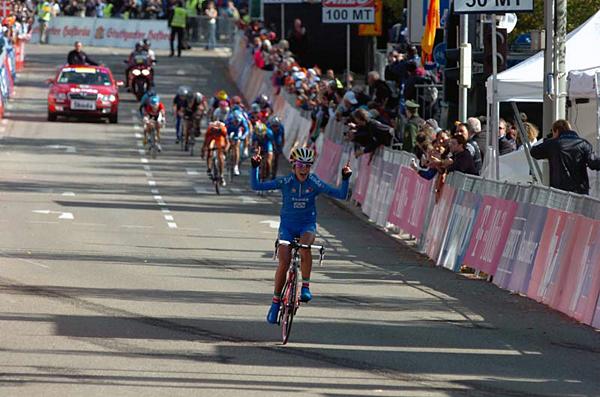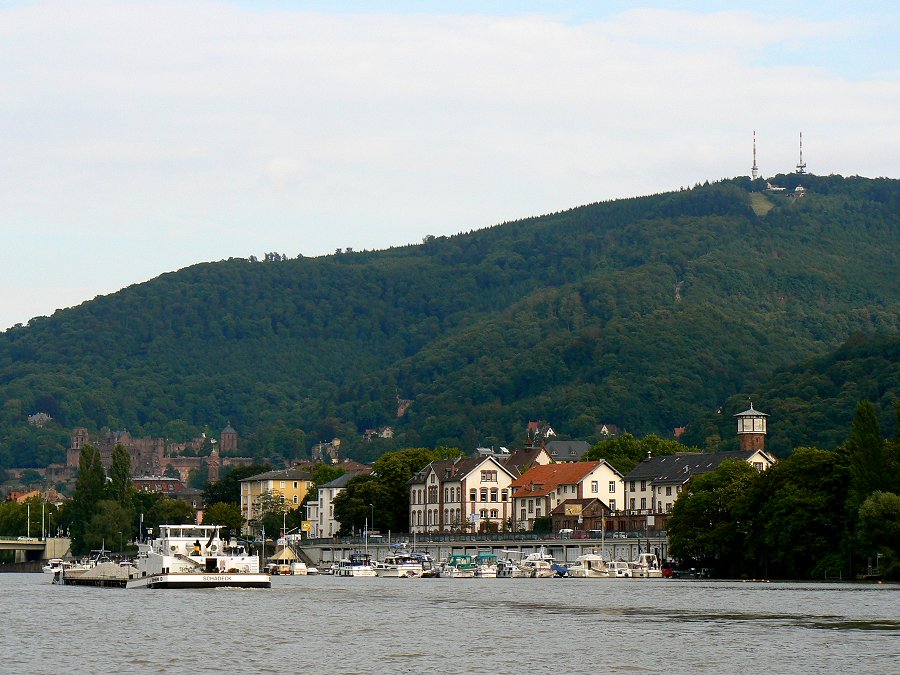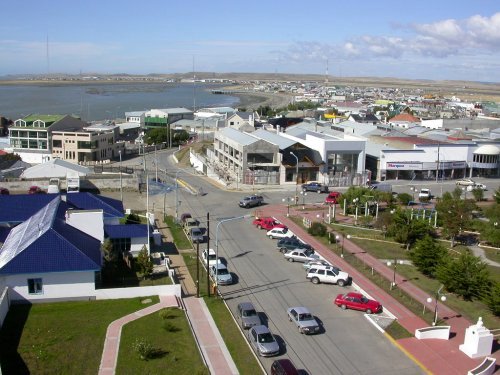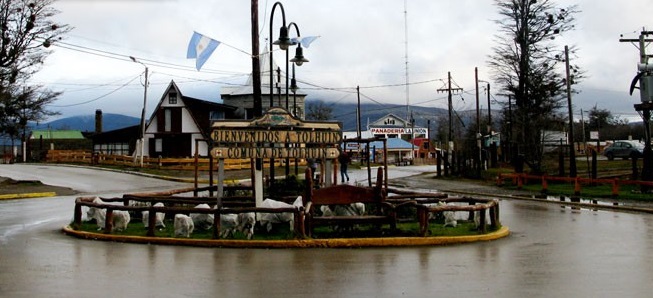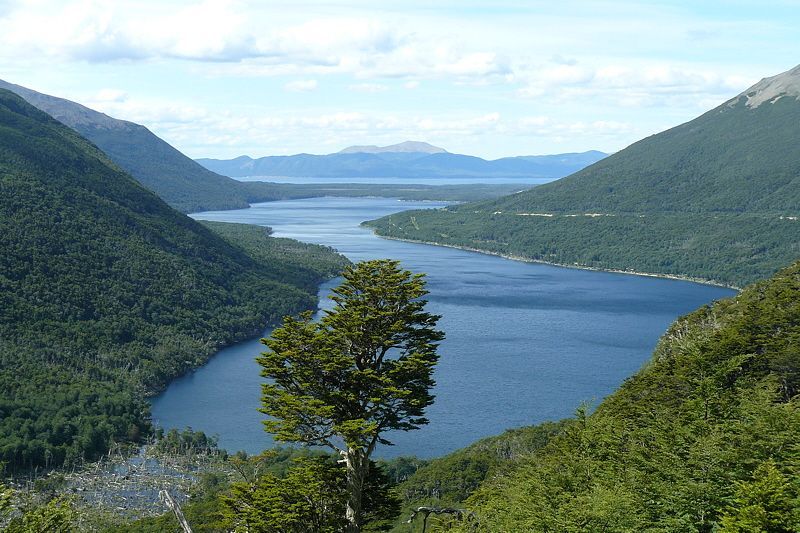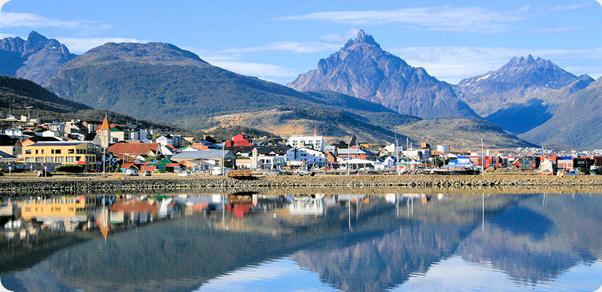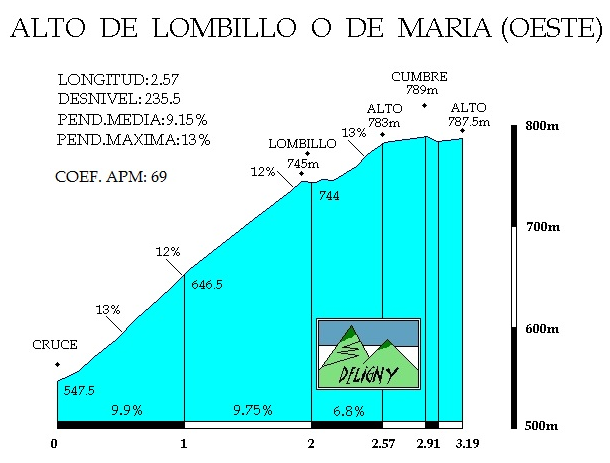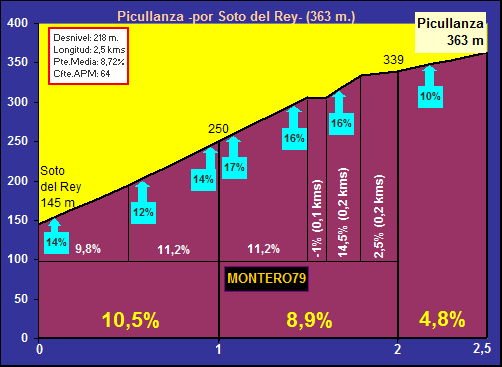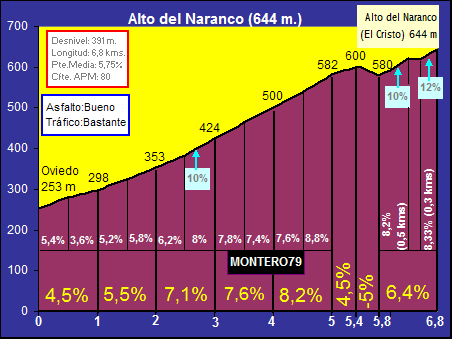Here's a slightly out-of-left-field race to break up the string of German routes then

It may not have escaped your attention, but I quite like Argentina and have done a few route designs there - a Vuelta a Argentina which was an attempt at a New World stage race, which proved rather difficult for reasons similar to those doing GT-length races in Australia as well - MTFs aren't hard to find, but connecting passes are, so producing a balanced route and not going Unipublic on it can be difficult; also in Argentina a large part of the most densely populated areas of the country are in the Pampas, and therefore we would be reliant on crosswinds and attrition to break things up. My other routes in the country have focused on the Argentine Lake District, a stunningly beautiful part of the Patagonian Andes located around San Carlos de Bariloche.
In the alternate reality in which my races exist, the Vuelta a Bariloche is appended to the Tour de San Luís and maybe another South American race or two to provide a competing mini-season like the desert races, where Qatar and Oman have totally different characteristics. Therefore, while San Luís and Bariloche are more climby, I now add another short stage race to the calendar, which would probably need to be an early January race. Therefore, I present to you a three day race (with the first day being potentially optional, giving us a Critérium International style race) which would be able to market itself as the southernmost race in the world, the
Vuelta al Fin del Mundo, a short stage race in Argentine Tierra del Fuego, based mainly around Ushuaia, which markets itself as the southernmost city in the world (with the competing claim of Puerto Williams, the Chilean settlement to the south of the Beagle strait, being waved away by the Argentines as the settlement being too small to be called a city).
Stage 1: Circuito Atlántico (Rio Grande - Rio Grande), 128km
The first stage is 10 laps of a 12,8km circuit in the biggest settlement on Tierra del Fuego, the pan-flat city of Rio Grande. There's nary a hill of any description to find here, as you can see from
this aerial photo. I could have gone with 12 laps for a 154km stage, however given that it's going to be January, it should be short and easy really, and besides, there will be no real difference in the results; a bit of wind could feasibly affect things, but this should be an easy sprint, in which case it's only fair and right to make the stage short. Bonuses are as you expect - 10-6-4 for the stage winner, and 3-2-1 for the winners at the intermediate sprints at the end of laps 6 and 8.
Stage 2a: Tolhuin - Cumbres del Martial
The second day is a split stage, which begins with a drive down the final tail end of Ruta 3, the southernmost highway in the world and - depending on interpretation because of the interruption of the Magellan Strait - the longest road in the country, from Rio Grande to the small town of Tolhuin. With only around 1500 inhabitants this is a pretty small stage town, however it is well known to travellers in this part of the world as it is a regular coach stop and replenishment station, with a particularly famous bakery (you can see it in the background above) at which long-distance coach travellers traditionally fuel up for the last leg of the journey. It was also the roadblock town in the controversial international incident sparked by the crew of British TV programme
Top Gear as well.
The stage sees the riders take the trip to Ushuaia, the city (pop. 35000) that the race is effectively built around, which means skirting along the banks of Lago Fagnano (the road is on the right here):
The banks of the lake give way to the mostly gradual slopes of the
Paso Garibaldi, the only route connecting Ushuaia by road to the outside world and
plenty scenic in its own right. It's not a tough climb, but it is January. This then yields to a long rolling descent, interrupted only by the intermediate sprint at the
Cerro Castor ski resort, a small resort nevertheless sometimes used by Alpine pros for the off-season training. After descending, we pass the second intermediate sprint in Ushuaia on Avenida Maipú, which will serve as the finishing line in the stages to come.
This leads in to a short and sharp dig of a climb on
Avenida Don Bosco leading into Avenida Kamshen, which then has a micro-descent leading into the final climb up to the ski resort at Cumbres del Martial, a scenic and twisty mountain road which is around 5km @ 5,5%, so will enable the more adept hilly and climby riders to make some moves, taking advantage of the varying fitness levels at this point in the season.
Stage 2b: Circuito Maritimo (Ushuaia - Ushuaia), Contrarreloj Individual, 13,3km
This shortish chrono is the afternoon's task after the MTF in the morning; the riders head back down into Ushuaia, where they set off from the waterfront to take on a few kilometres from the morning's stage in the reverse direction, including passing
Paseo del Fuego, the world's southernmost
shopping precinct, before a slight uphill rise - not at any gradients likely to take this out of the realms of the pure TTer, however - though the short length may help a few GC-types and even versatile sprinters stay in TT contention. The descent back into town includes the fast and straight downhill of
Avenida Yaganes, which is named for the native settlers of the region and includes the
Museo Maritimo. This should set up the GC well for the coup de gras, the final day.
Stage 3: Circuito del Fin del Mundo (Ushuaia - Ushuaia), 157km



Annoyingly, the spacing of checkpoints on cronoescalada means that the short nature of many of these climbs means that they aren't picked up in the profile, but rest assured this is a nasty day of up and down, with ten laps of a 15,7km circuit with - count them - seven climbs per lap. None of them are particularly long or strenuous, but my anticipation is that this will still be won by somebody who's punchy or even an excellent climber, because looking at similar up-and-down-all-day routes with a long flatter section on one side and then several times scaling the same hillside, I look back to the 1980 Olympic Road Race on the Krylatskoye Ring, which was won by fabled climber Sergey Sukhoruchenkov, or the 1997 Spanish National Championships in Melilla, a circuit with no real climbs but several short ramps, which was won by José María Jiménez. Given the nature of the field drawn by races like San Luís, a climber could well take this even though none of the climbs are especially sustained. The climbs are:
Calle San Martín, 400m @ 6,3% @ km
Avenida San Luís, 350m @ 6,6%
Avenida Neuquén, 360m @ 9,7%
Marcos Zar, 880m @ 4,7%
Avenida Presidente Héctor Campora, 220m @ 8,6%
Avenida Don Bosco, 380m @ 7,5%
Comodoro Augusto Lasserre, 790m @ 3,9%
With the final slopes just 2,5km from the line, however the final kilometre being almost purely straight along Avenida Maipú and finishing just before the Monumento Malvinas:
I anticipate a mighty struggle on this stage; the sprint bonuses, the ITT and the uphill finish at Cumbres del Martial all lead into this difficult prototype Worlds circuit, as with all the climbs being so short, and the longer ones not really having any steep ramps, it's hard to tell if the climbers will really be at an advantage here; there's surely too much cumulative climbing for the sprinters, but then does that make it a breakaway or a classic man's stage? 7 climbs in a 16km circuit is a lot, but their cumulative distance is under 3,5km - however the steepest ramps get up to nearly 20% - in the earliest climbs on the circuit, San Luís and Neuquén - so is this too explosive for the rouleurs? This could be an intriguing one.
And then, of course, after the race is done, the riders could take a day or two before heading north for San Luís to enjoy the sights of Tierra del Fuego -
whales and
penguins are two of the main attractions to the region, besides its amazing scenery. Having seen comical photos like the one of
Alejandro Valverde with a kangaroo at the Tour Down Under, who could resist a similarly amusing theme in the southern tip of Patagonia?







